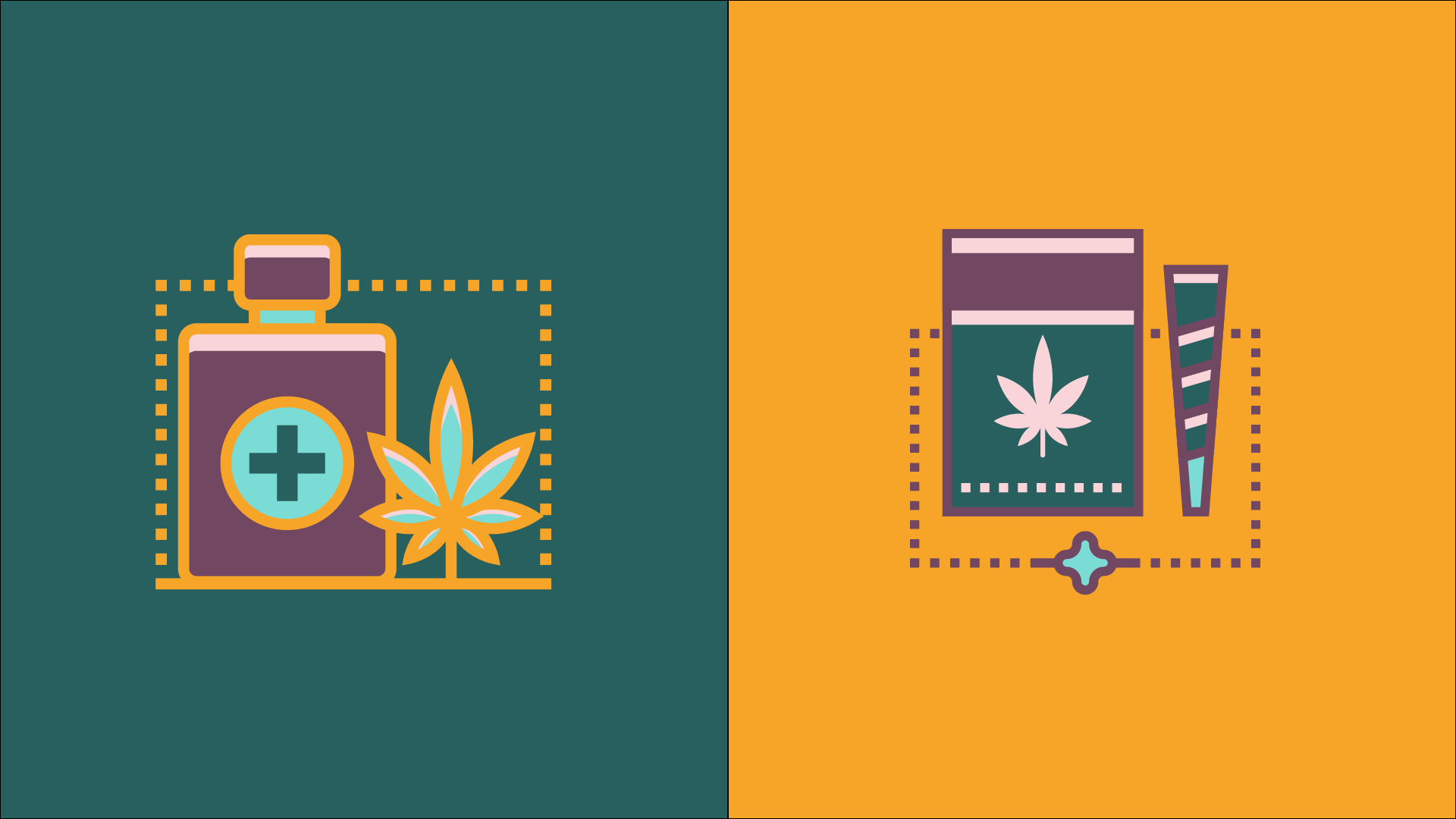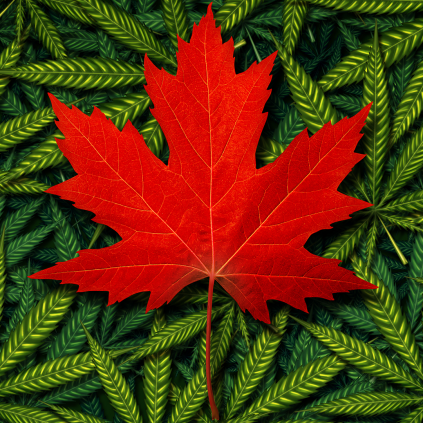Medical marijuana in Canada has been legal since 2001, a fact that has opened up some cloudy conversations between what constitutes the right kind of cannabis use. While some have been legally able to grow or access the benefits of marijuana for medical purposes for nearly two decades, recreational cannabis users will only be able to access cannabis legally in Canada as of late 2018. So, what are the differences between medicinal and recreational uses of cannabis, and who decides?
As with other substances, like alcohol, medicinal and recreational applications are fairly clear. You use rubbing alcohol on a wound, and you drink alcohol, like wine or beer, to relax or enjoy the flavour of your drink of choice. When it comes to cannabis, the differences are just as cut and dry – the only difference being how you access your product and whether or not it’s legal in your country.
Common recreational uses include:
- Any consumption of cannabis that is not used with medical justification from a registered physician.
- Smoking or ingesting marijuana, that is edible marijuana, with the intention of achieving a ‘high’ or ‘stoned’ feeling.
While some may consider their recreational use of marijuana to have medical side effects or benefits, medical justification for cannabis use within Canada must come from a physician.
Medicinal cannabis is commonly prescribed or used for:
- Eating disorders
- Physical pain
- Asthma
- Epilepsy
- Glaucoma
- Insomnia
- Psychiatric symptoms (anxiety, depression, etc.)
- Medical research
Are you curious about how cannabis can help you? Take a look at our post on the differences between THC and CBD to see how different cannabinoids are used.




